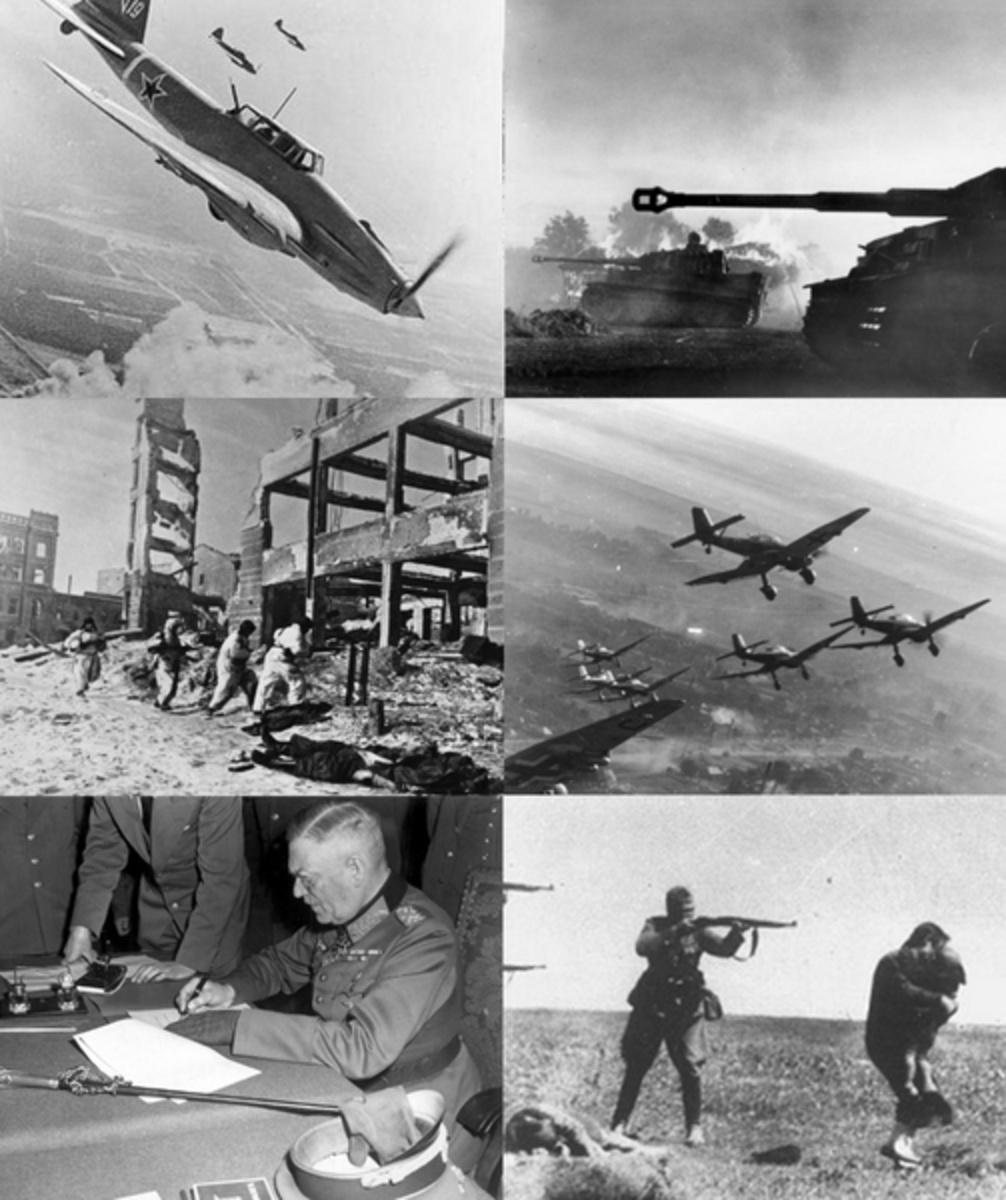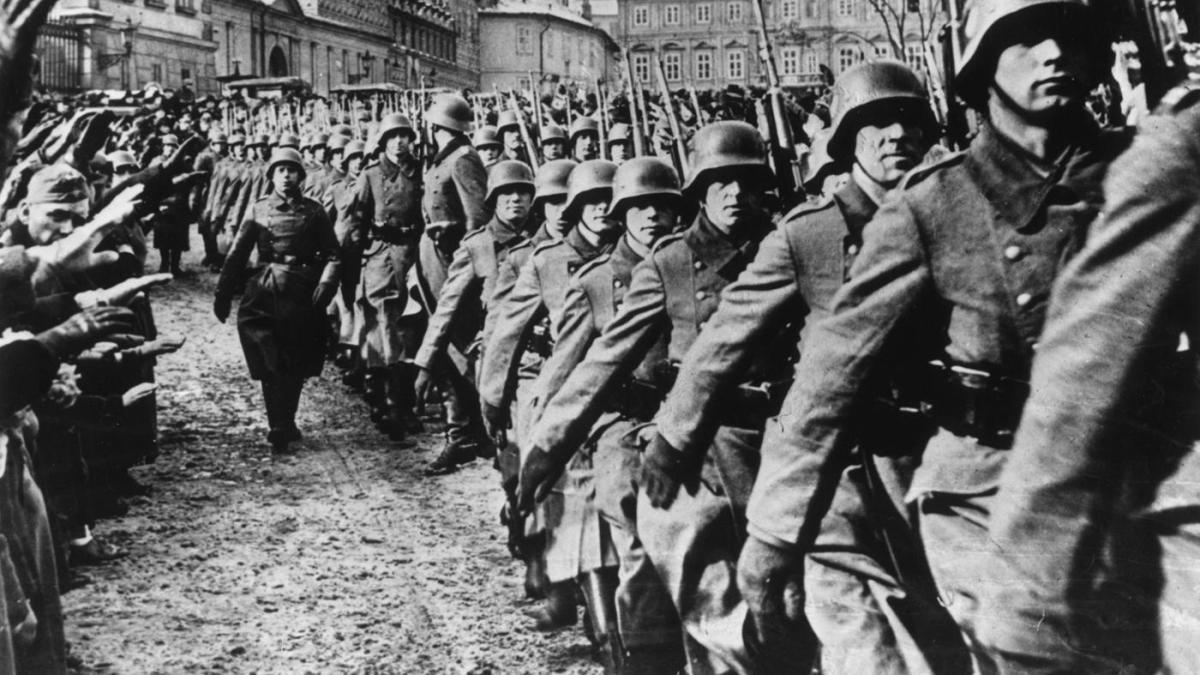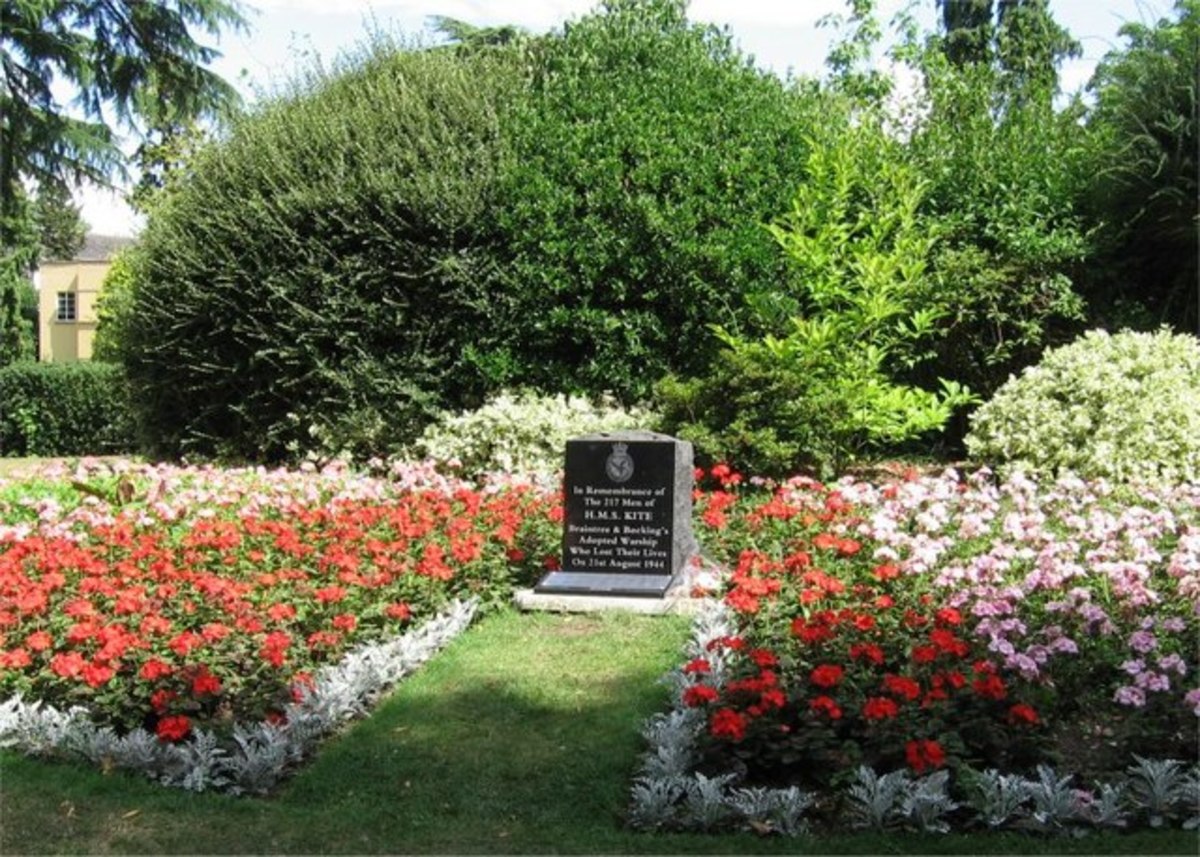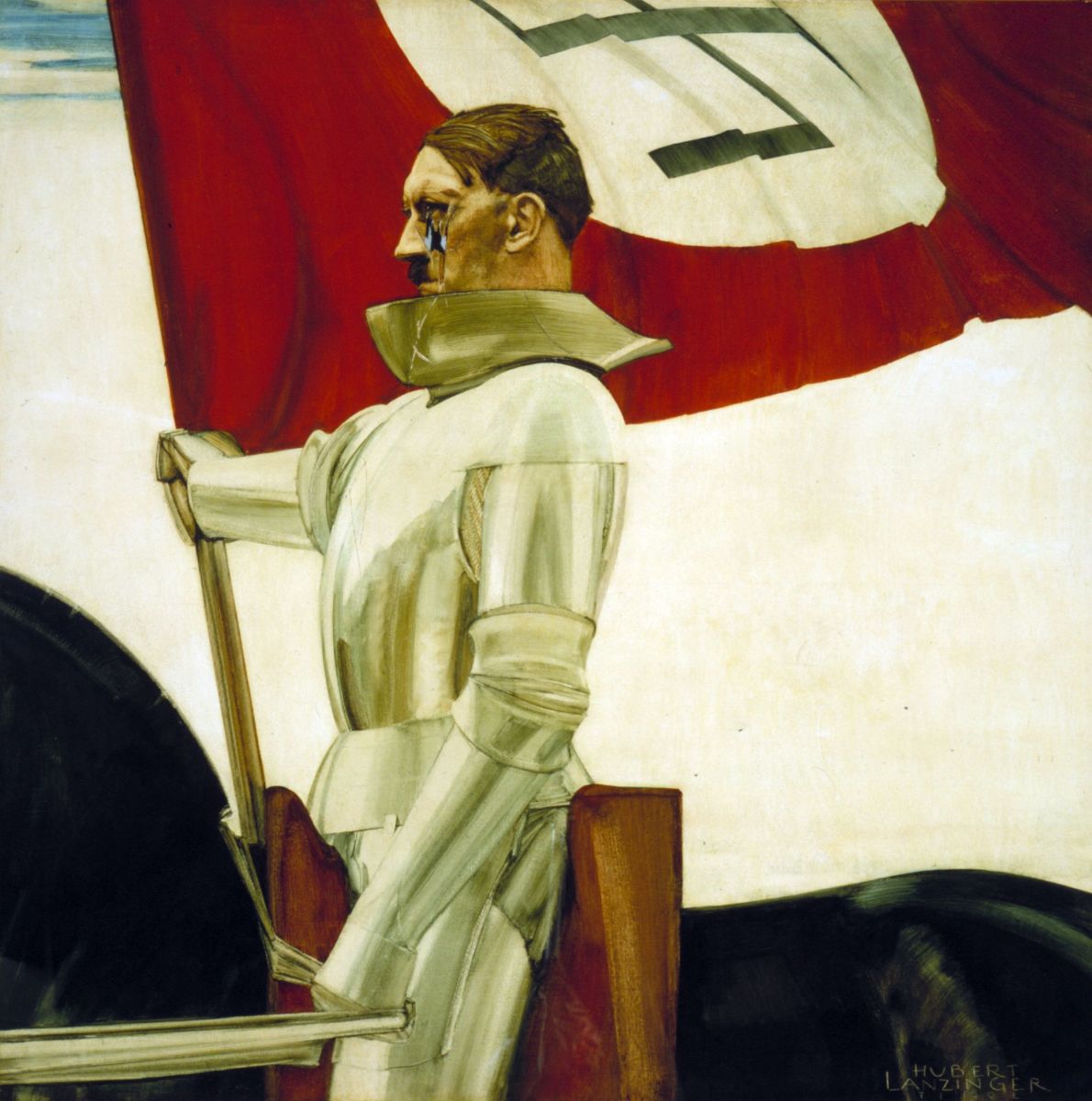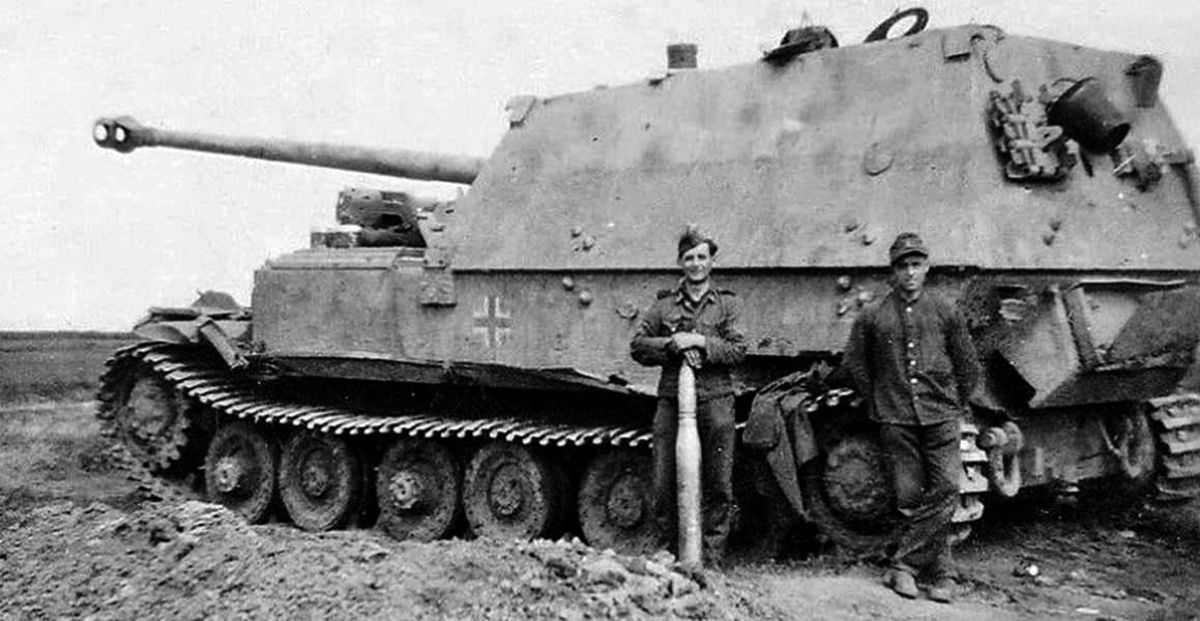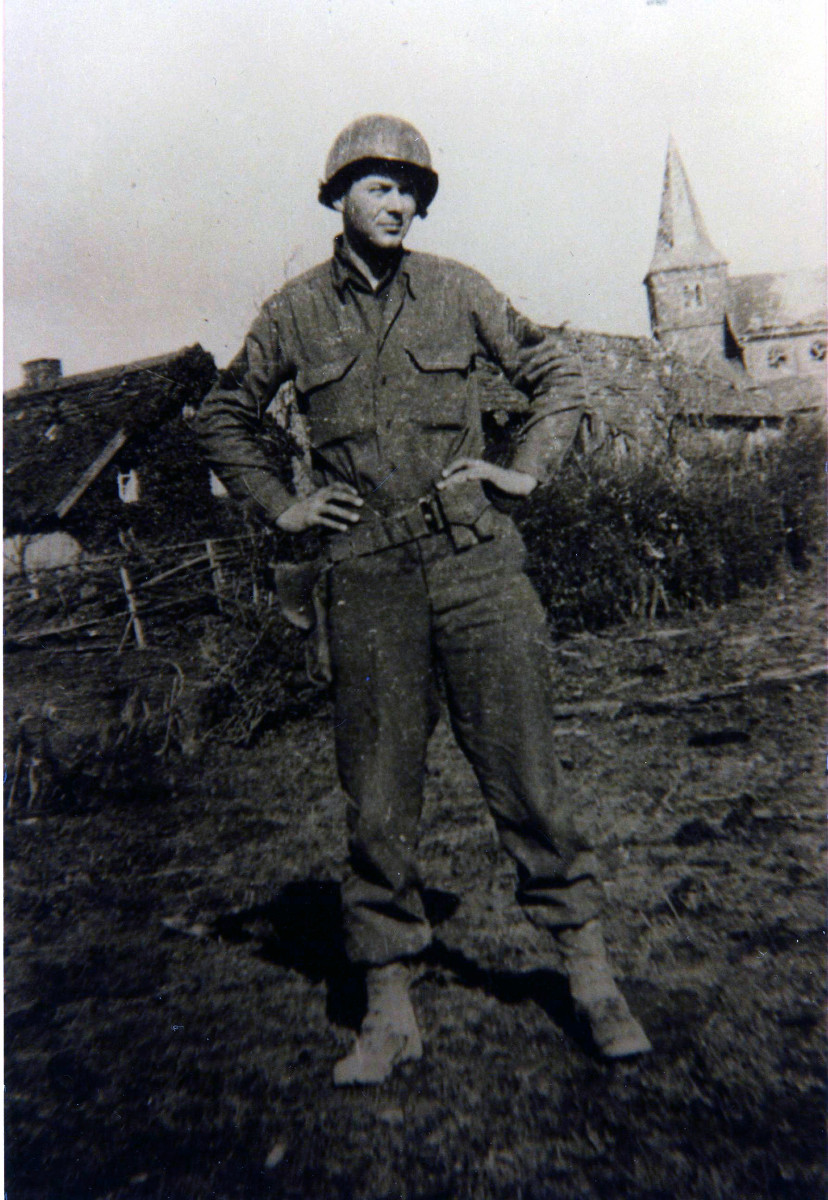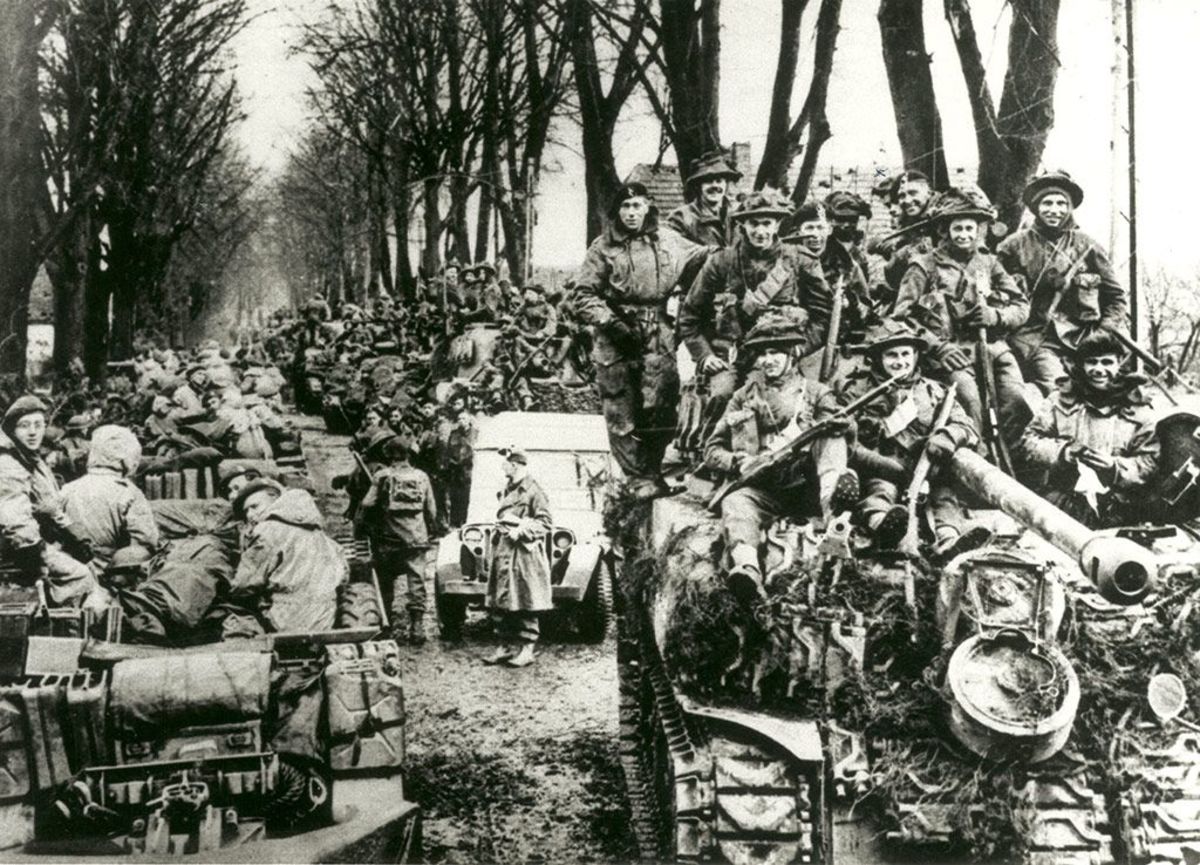- HubPages»
- Education and Science»
- History & Archaeology»
- History of the Modern Era»
- Twentieth Century History
Causes, Practices and Effects of World War II
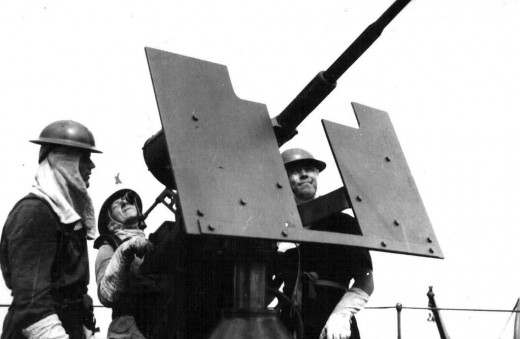
Causes, Practices and Effects of World War II
Causes, Practices and Effects of World War II
Throughout the 20th century there have been numerous events that have transformed the world but none is as significant as World War II. The conflict that officially began in the late 1930s with the German invasion of Poland created a series of events that have transformed the world and shape it to how we know it today. World War II didn’t begin in the late 1930s for all nations. For the United States it began on December 7 1942 with the Japanese attack on Pearl Harbor. For the Chinese it began in 1931 against the Japanese in Manchuria. For the Ethiopians it began with the Italian invasion in 1935. The different conflicts that were taking place at the time among nations constructed the plot of what we know as World War II.
To begin with, the origin of the armed conflict among nations began with the quest for empire of what became the axis powers. Germany, Italy and Japan, took advantage of their position in the world stage to invade other nations to gain more power and living space. This World conflict began with the Nazi-Soviet pact and Hitler’s initiative to invade Poland in September 1, 1939, and thereafter German armies invaded Norway, the Greek Peninsula and much of the North African desert. The German invasion of Poland proved the crushing power of the German Blitzkrieg (lightning war) which used fast moving masses of tanks closely supported by aircraft to crush the opposition. The Japanese invaded the eastern frontiers of India and the North American Aleutian Islands. Italy invaded Ethiopia in 1935. After conquering much of western and southwestern Europe, Hitler decided to invade France in 1940 and the great country that had bravely fought Germany on the five years of 1914 to 1918 collapsed in a matter of weeks.
With the object in mind, Hitler continued to expand his German empire throughout much of Europe. Great Britain declared war on Germany a few weeks after its invasion of France, and Hitler now had an enemy. In December 1940, Hitler decided to invade the Soviet Union betraying his alliance with the Soviets, but his failure to invade the Soviet Union before defeating Britain was a tremendous mistake that he would later pay for. The Italians attacked the British in North Africa from Libya, an Italian colony. The attacks were both failures, the Greeks pushed the Italians out of Greece and the British pushed them out of Egypt. Hitler never took notice of Italian plans neither of Japan’s plans to attack the US air base at Pearl Harbor on December 7 1942, which was an example of lack of communication and coordination among the axis powers.
In the 1930s Japan was the most successful nation in regards to European dominance. The elements that led them to that success persuaded them to take actions towards empire building. The Japanese saw the United States air base in Pearl Harbor as an obstacle in their empire building plans and decided to take actions towards its destruction. It was this attack that brought the United States into the war. The Japanese had three main objectives, to break the stranglehold of embargo, to end the interference with their conquest of China, and to build and overseas empire that would give them the supplies and markets they lacked.
In addition, with the Unites States entrance into the war the war started turning the other way for the axis powers. Now Great Britain, The United States and the Soviet Union formed the allied powers. The axis powers began to lose the war thereafter. The Unites States began his attack on Japan by attacking their occupied islands. In May 1942, in the Battle of the Coral Sea, the US Navy crushed the threat to Australia. A month later another US force repelled a great Japanese fleet sent to take Midway Island, eleven hundred miles from Hawaii. Island by Island the Unites States began getting closer towards Japan.
On the home front of the nations in conflict, the government put a strong emphasis on the production of war materials. In Great Britain, The British National Service Act of 1941 put every adult from eighteen to fifty at the government’s disposal, to be sent to work wherever he or she was needed. The government controlled prices and rationed food and fuel; it paid much of the costs of the war by reducing compulsory savings from every paycheck. By the mid 1940s it had put one third of the British work force to war industry. The Soviets took similar steps in regards to the mobilization of the home front, there were 22 million men in uniform, at the war’s end, three quarters of the Soviet Union’s agricultural workers, and half of those working on war industries were women. On the German side the mobilization of the home front began late in the war. The female German labor force hardly increased during the war, unlike in the United States in which it increased by one third. Most of the industrial workers in Germany were peoples from the conquered nations. More than 7 million foreigners represented a fifth of the German work force, most of them had been brought to Germany as slaves.
The defeat of the Axis powers began in 1943. Italy surrendered to the allies on September; the strategy was to attack Europe from the south, from the Italian peninsula. Mussolini was ejected from office and arrested; a German brigade rescued him from imprisonment. When Italy surrendered Hitler’s armies turned to northern Italy to fight on another front. Stalin, Churchill and Roosevelt met at Tehran, the capital of Iran to discuss the plans for the defeat of the axis powers. Roosevelt and Churchill informed him of the new date for the cross channel invasion of France. Stalin was in command of most of the soldiers fighting Germans at the time, and with the new front on northern Italy, the German troops on the eastern front fighting the soviets were divided and sent to fight on the new front. By this the soviets were relieved of the pressure of the strong German forces on the eastern front. Stalin in return for the new front pledged Soviet support for a postwar world organization to replace the League of Nations and a Soviet declaration of war against Japan after Hitler was defeated.
In August of 1944 Hitler saw himself in the middle of a cage with two lions coming to devour him. On one side, the Soviets coming from the eastern front, and on the other side British, American and Canadian forces coming from the west. In August French and U.S. tanks reached Paris. Air raids were set forth on Germany with hopes to slow down Germany’s war production. It was proven that it was until 1944 when the reduction of German war production took place, when American “precision bombing” started the German production decreased significantly. Before bombs were only drooped on the populations below unsuccessfully reducing the German war production.
On April 20th 1945, Hitler as he saw himself surrounded and the war lost committed suicide along with his mistress the beautiful Eva Brown whom he had recently married. Japan also experienced air raids. A single air raid By General Curtis Le May’s B-29s on March 10, 1945 destroyed most of what was Tokyo at the time, killing approximately 125,000 people. Harry Truman who had become U.S. president after Roosevelt’s death ordered the dropping of the first atomic bomb on Hiroshima Japan on August 6 1945. This single atomic attack killed 100,000 people. Three day later another atomic bomb fell on Nagasaki. On August 15 the Japanese government surrounded and the greatest World Conflict that we know as World War II came to an end.
In conclusion, after the War the world was divided on three, at the expense of the Soviet Union, the Unites States and Great Britain. Several nations emerged in Africa and Asia, former colonies gained independence. In regards to technology there was a boost in what became different war innovations such as the radar, aerial photography, electronic valves etc. The innovations of the war were only the beginning of today’s warfare. After the War the three main players on the World Stage Roosevelt, Churchill and Stalin met at Yalta in the southern Soviet Union in February 1945. Roosevelt insisted that the Allies guarantee free postwar elections everywhere in Europe. In Poland a new government would emerge by free elections. Stalin accepted these conditions but told a confidant that any free elected government in Eastern Europe would be anti-Soviet and that he could not permit. Stalin violated this principle and a confrontation that Churchill was attempting to prevent between east and west arose. From this confrontation the Cold War which was a direct effect from World War II arose. A struggle between communism and democracy shaped most of the second half of the 20th century and the world as we know it today.


